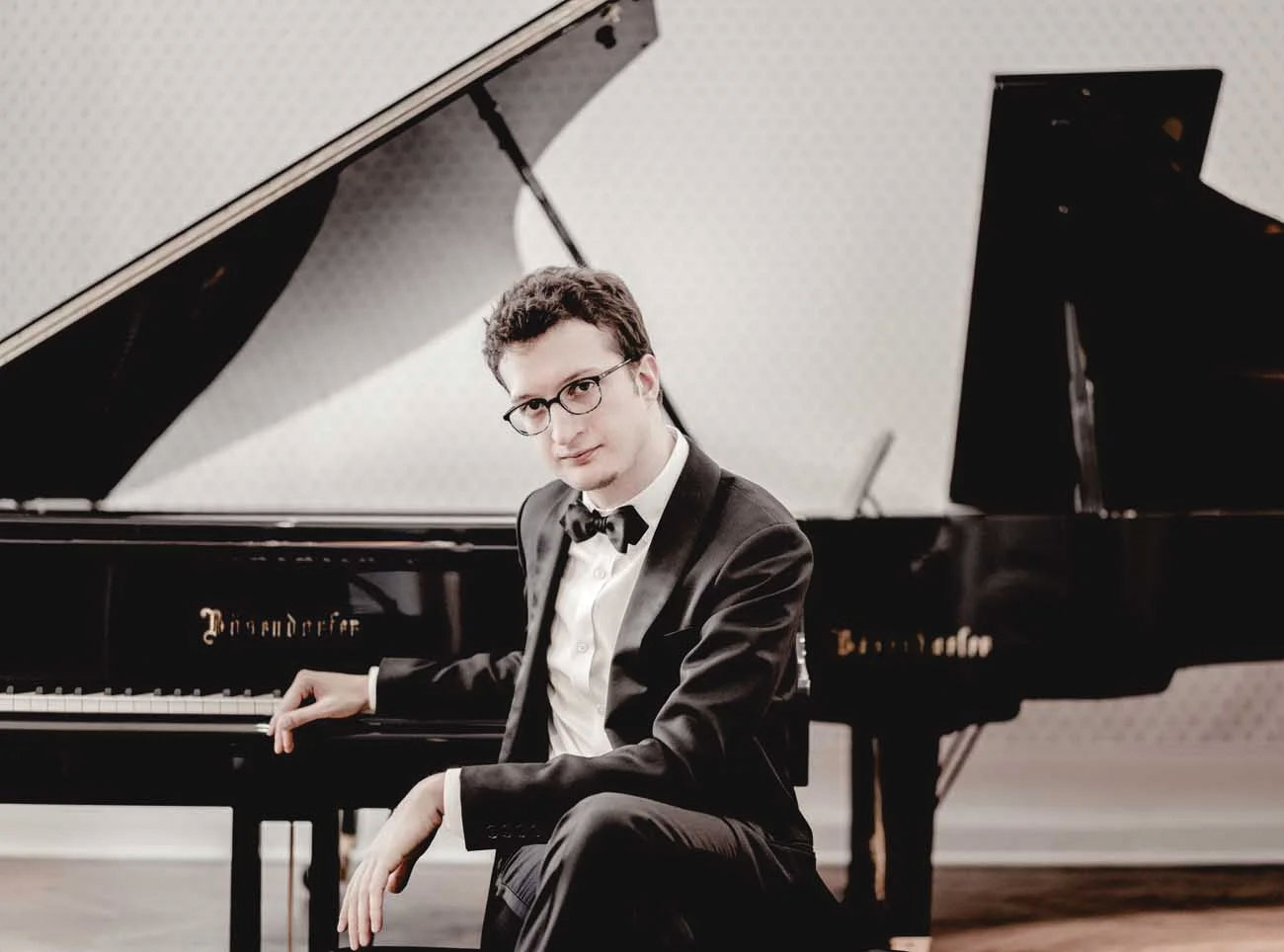Experience the heroic grandeur of Beethoven’s immortal Emperor Piano Concerto with noted Pianist Rodolfo Leone, and take in the colorful musical journey of Mussorgsky’s epic Pictures at an Exhibition.
Closing Night is sponsored by Helena Home Team, Touchmark, Smitty’s Fireplace Shop, & Joe Mitchell State Farm
When: Saturday 3 May 2025, 7:30 p.m.
Where: Helena Civic Center
What: Closing Night: Beethoven’s Emperor & Pictures at an Exhibition
Tickets: $25 – $70
“The Helena Symphony will close our 70th Season with two immortal works of symphonic music, Beethoven’s Emperor and Mussorgsky’s Pictures at an Exhibition,” explains Director of Development & Communications Cameron Knight. “Whether you have joined us for a Season 70 performance yet or not, this is the one to catch before we take a break for the summer!”
Rodolfo Leone, Piano
Described as a “true sound philosopher” (Oberösterreichische Nachrichten), the brilliant young Italian-born pianist Rodolfo Leone, whose career is supported by the Amron-Sutherland Fund for Young Pianists at the Colburn School, was the first-prize winner of the 2017 International Beethoven Piano Competition in Vienna. He released his debut album on the Austrian label Gramola in May 2018 and “Piano Jewels” featuring works of Muzio Clementi on Naxos in January 2022.
Mr. Leone’s recent seasons include a collaboration with James Conlon and LA Opera and debuts with the San Diego Symphony (Liszt’s Piano Concerto No. 1) conducted by Michael Francis, Pasadena Symphony (Mozart’s Piano Concerto No. 21) with conductor David Lockington, and Borusan Istanbul Philharmonic Orchestra (Beethoven’s Concerto No. 5, “Emperor”) with Sascha Goetzel; he also performed Beethoven’s Triple Concerto in Walt Disney Hall under the baton of Xian Zhang.
Mussorgsky Pictures at an Exhibition
“Pictures at an Exhibition, like so much of Mussorgsky’s music, was rarely performed during the composer’s lifetime,” explains Maestro Allan R. Scott. “Mussorgsky’s then radically advanced harmonies and strange melodic twists were scarcely appreciated in his native Russia, and even less so in the West. The work was not published until five years after Mussorgsky’s death, and while it received little attention from pianists for some time, its orchestral possibilities were noticed immediately. Mussorgsky’s piano writing is as picturesque as can be, achieving mystery, frenzy, humor, and grandeur – it is a work that cries out for orchestral color.”

